
Onshore winds will always bring salt with them, so when combined with rain and in close proximity to the sea, salt-water rain is formed, which can be devastating to the weather-tight envelope of a home. When building in these environments the design should seek to minimise areas that are not regularly washed by rainwater to ensure the home will continue to perform for the decades to come.
With an increasing tendency for Kiwis to choose Colorsteel cladding, both design and installation need to take the environment into consideration. This is particularly important where the cladding is not regularly washed by fresh water (e.g. under the eaves). Minimising these unwashed areas is crucial.
When a Colorsteel roofing profile is specified, the manufacturer will have a fastener and placement recommendation. Each profile has a designated fixing type, be they penetrating fasteners (nails or self-drilling screws) or clip-type fastenings. To ensure the building remains protected against the weather, the most appropriate product should be selected for the local environment.
New Zealand Steel currently recommends the use of coated steel fasteners in severe marine environments. The life of the fastener, like the Colorsteel roofing, is directly related to the level of washing. Fasteners which are subject to a build-up of salt and not washed regularly will have a reduced life.
Clips used for clip-fastened roofing profiles are typically made of galvanised steel and also subject to salt build-up. To reduce the impact of airborne salt, the use of preformed, profiled, closed-cell foam sealers are recommended to prevent salt from entering the roof cavity. The galvanised clips, especially those nearest to the gutter line, should have additional protection by applying a primer and a marine paint topcoat.
The positioning of the fascia and gutter will also influence the amount of air entering the roof cavity and should be installed using a gutter apron flashing as shown in the NZMRM Code of Practice.
Regular and thorough maintenance by washing down is an essential requirement where metal roof and wall cladding is used close to the sea. The use of alternative cladding materials in areas not washed by rain should be considered, especially where maintenance is infrequent.
The building design should give consideration to the following:
- Location and orientation of the building, relative to the prevailing wind and the sea.
- Steel roofing material -- product specified; profile; roof pitch; fastener specified; positioning of the gutter
- Steel cladding -- cladding material; fastener specified
- Flashing designs for windows and doors
- Ease of maintenance -- extent of overhang; areas not washed by rain; soffit material; ability to access for cleaning.
Refer to New Zealand Steel’s Environmental Categories Guide for recommendations on the correct products and maintenance requirements for various environments.











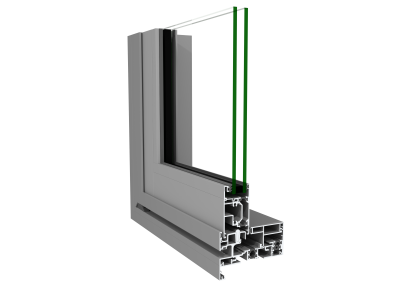
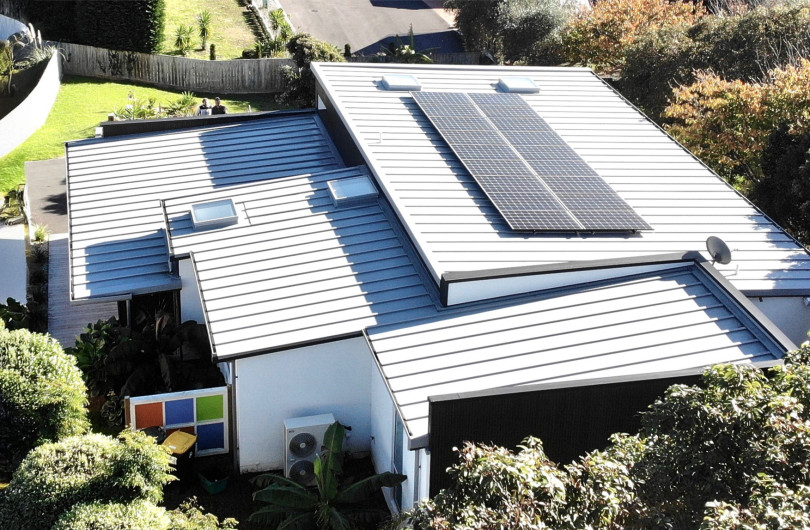
 New Products
New Products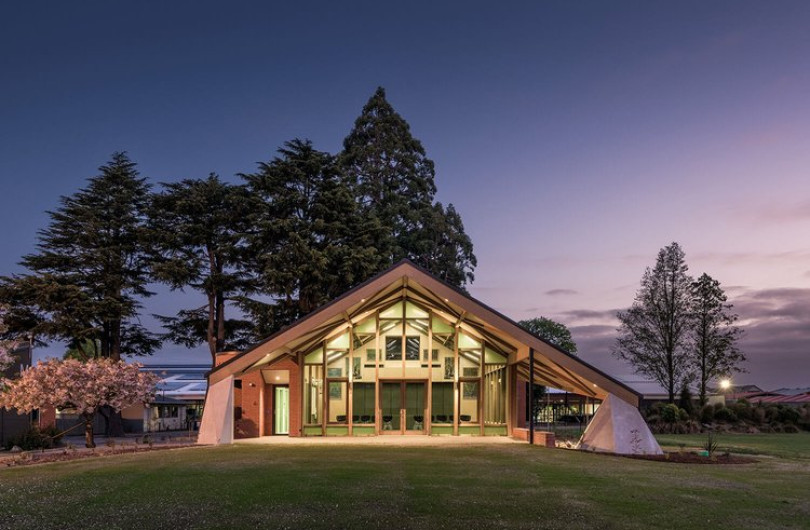




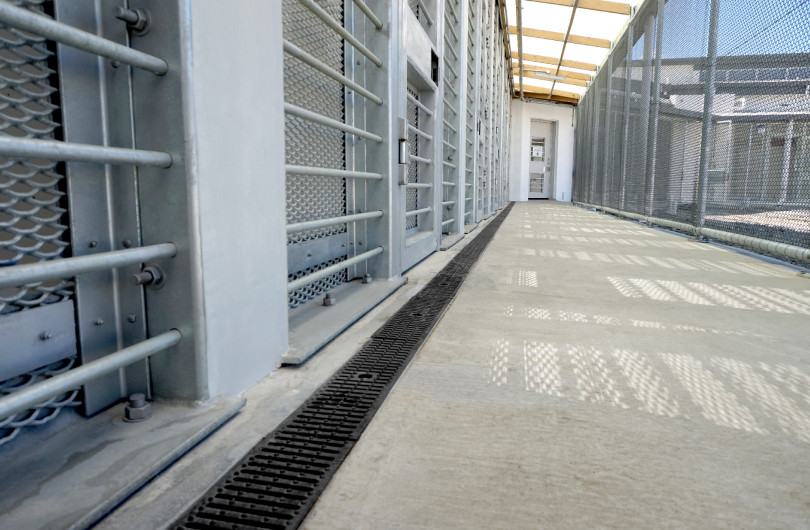

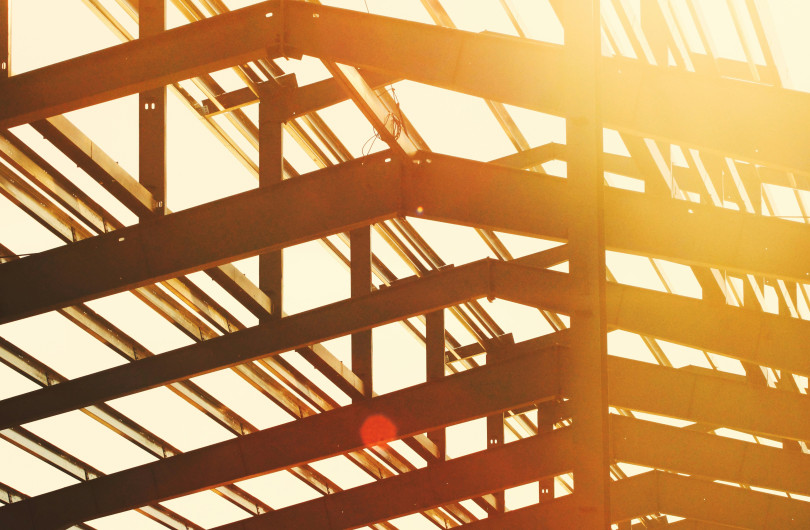


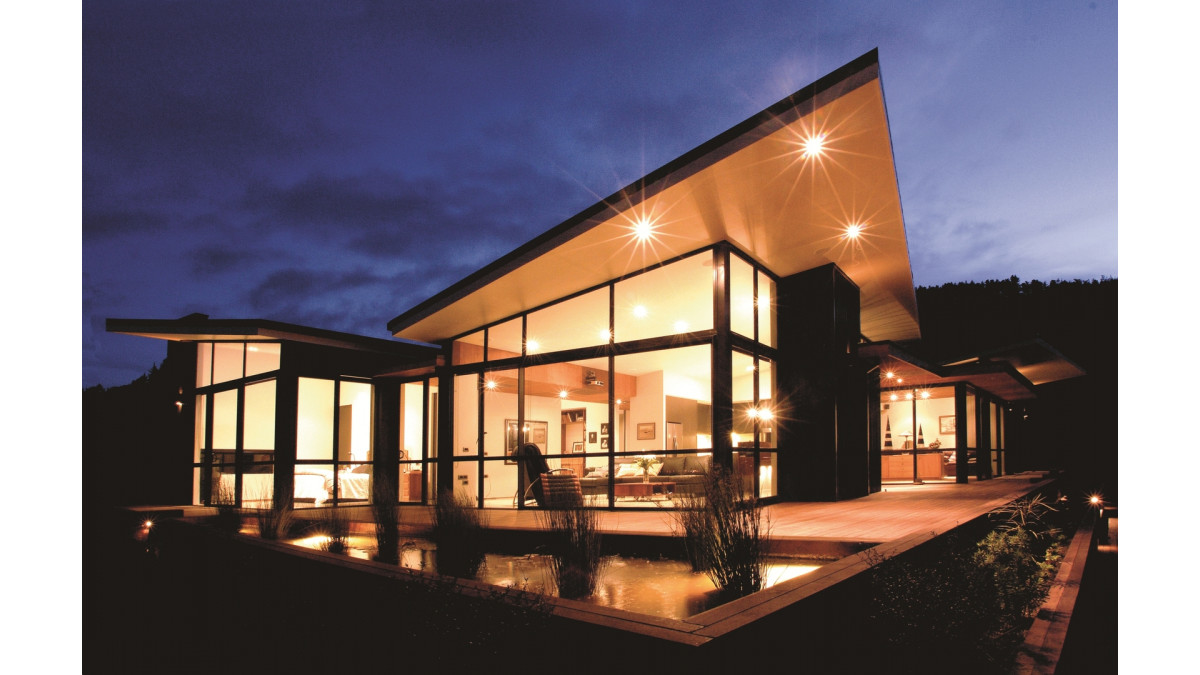




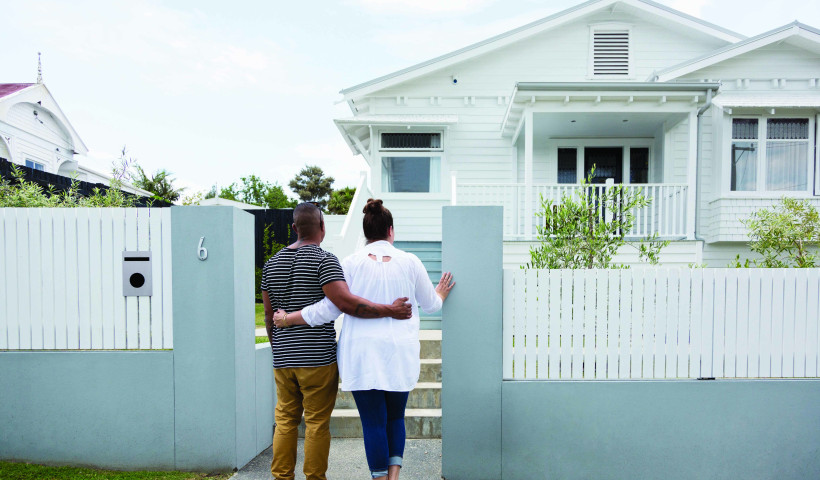
 Popular Products from COLORSTEEL
Popular Products from COLORSTEEL


 Most Popular
Most Popular


 Popular Blog Posts
Popular Blog Posts
